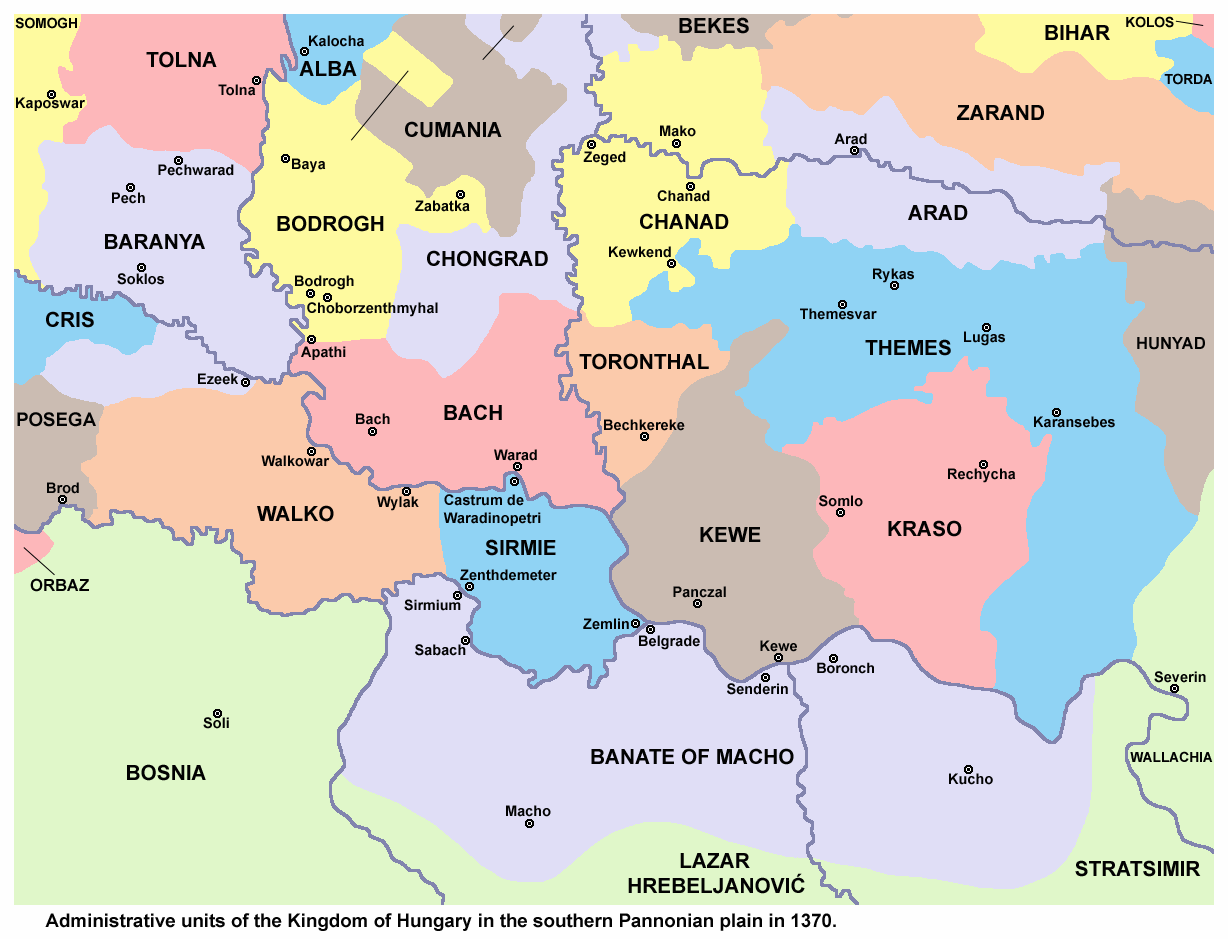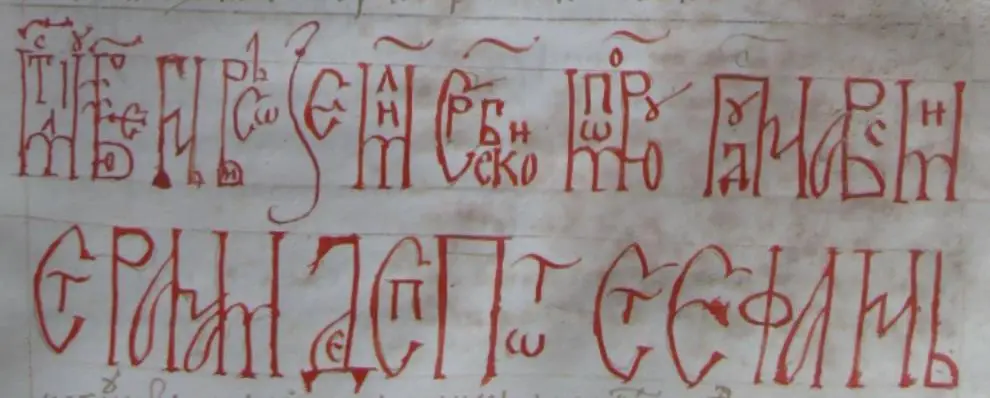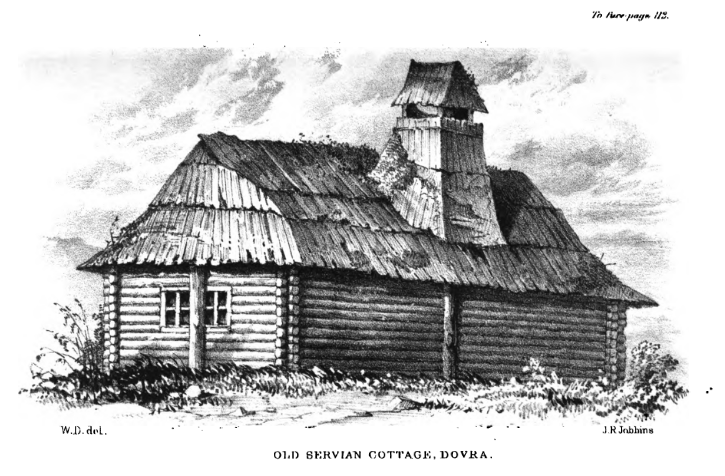Original research paper by Mirčeta Vemić, Institute of Geography “Jovan Cvijić”, Serbian Academy of Arts and Sciences: http://www.doiserbia.nb.rs/img/doi/0352-5732/2014/0352-57321447201V.pdf
UDC 94(100)”1914/1918″
UDC 343.819.5(=163.41)(493.5)”1914/1918″
DOI: 10.2298/ZMSDN1447201V
CONCENTRATION CAMP MAUTHAUSEN
(K. u. k. Kriegsgefangenenlager Mauthausen)
40.000 (15.000 Serb) internees, 8256 Serb victims
Concentration Camp Mauthausen, officially “Imperial and Royal Camp for Prisoners of War Mauthausen” (Kaiserliches und Königliches Kriegsgefangenenlager Mauthausen), was a camp for POWs and internees [interned civilians, translator’s note] during both the First and Second World Wars. It was located on the Danube in Upper Austria, close to Linz, the birthplace of Adolf Hitler on the road towards Perg. As one of the Danubian camps, it was formed on 22. September 1914. Initially 700 and later 300 persons worked on building it. Similarly to camp Nagymegyer, Viennese convicts, criminals, fenced off a spacious field with barbed wire where the internees would later build 80 wooden barracks. The first two groups of Serbian POWs and internees arrived at the end of October (1200) and the end of November (6000). But “the maximum was reached in those days after the defeat of the Serbian army, before it crossed Albania. Long columns of POWs and endless columns of refugees were impelled by the enemy soldiers for days into slavery and internment, gathering new victims along the way” [Stojiljković 1995], which resulted in their numbers increasing to 13 000. According to the chronicles of the local Mauthausen parish, a month later, in December 1914. “the number of Serbs was increased to 15 000” [Gusenbauer 1977]. The same author states that a year later, in November 1916. there was a total of 40 000 prisoners in the concentration camp. Besides Serbian there were Italian POWs as well.
Here, same as in the other concentration camps, there was a great pomor. As stated by Stojiljković [1995], “in the period of four months – from November 1914. to April 1915 – 7038 died”. He arrived at this number by combining the information from five preserved memorial stones in a corner of the camp, which marked the mass graves. On each of them it was noted in German that it was about Serbian POWs and the number of those buried. Comparing the number of the dead with the 7200 who arrived in the first two groups, Stojiljković concludes that only 162 of them survived. They were all mowed down so quickly in such a short time by typhus. After this hellish pomor of Serbian POWs and refugees, this camp was used for Italians, but there were still Serbs in it who died of famine and exhaustion until 1918., as evidenced by the not yet fully researched death announcements in the Military Historical Institute in Belgrade.
Such mortality was contributed to, besides the diseases, by the extremely harsh conditions in the camp, about which Stojiljković quoted the written testimony of Dr Vladislav Pandurović, who visited the concentration camp as a police inspector via the Red Cross. In his report to his superiors it is written: “In the camp 8000 people died and of them, most likely two thirds were buried alive. The inmates were exhausted. They had no health protection. They were without clothes, covers. They slept under the open sky in the middle of the winter. To protect themselves from the cold, they would crawl into the trash and refuse piles and they would be found there, frozen. They were fed with salted fish, without water. Disease, alpine cold, wind, rain and snow killed them mercilessly. Frost-bitten, emaciated, with swollen arms and legs, they were soullessly beaten by Austro-Hungarian guards” [Stojiljković 1995]. Pandurović’s testimony is confirmed by another piece of information. “In Krems, in the vicinity of Mauthausen, on the memorial for the dead internees, there is a number of 8000 buried Serbs” [Opačić 1994]. However, an even greater number of deaths has been established for this concentration camp: 8256 persons in the First and 12 800 in the Second World War. The latter data is recorded in the catalogue of Serb memorials and places of suffering outside the borders of Republic of Serbia, maintained by the Ministry of Labour and Social Policies of Republic of Serbia, Sector for Veteran and Invalid protection [2009].
Translated by Books of Jeremiah



